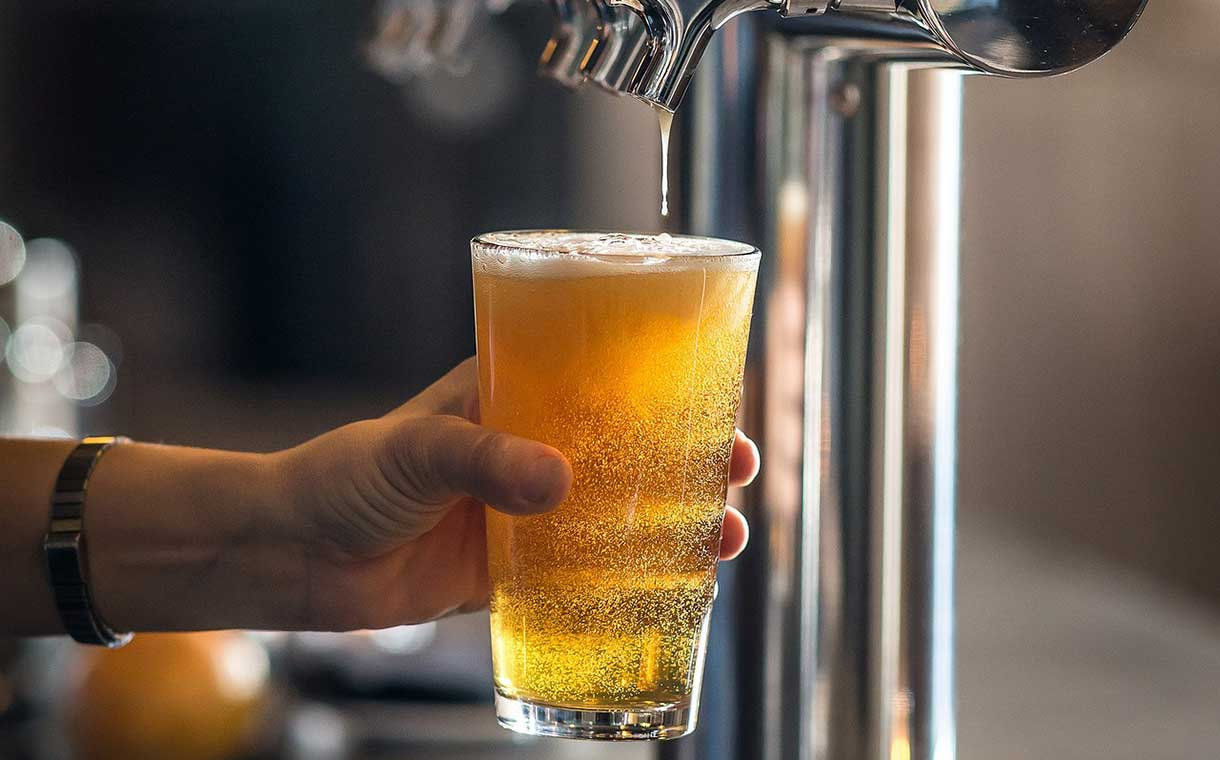
The association promotes moderate and responsible alcohol consumption, aligning with global trends towards lower-alcohol beverages. BAI believes that shifting consumer preferences towards beer can lead to better public health outcomes.
India has grappled with tragedies related to alcohol including hooch mishaps. While such tragedies also happen elsewhere in the world, the frequency of such events in India is definitely way above the rest of the world. Banning alcohol is not the solution as one has seen in Bihar where hooch tragedies have jumped after prohibition. A more pragmatic solution therefore lies somewhere else.
The bulk (81%) of the global illicit alcohol market is actually distilled alcohol, also called spirits or liquor. This is a serious public health, social, and financial problem. The reason is simple, distilled spirits are easy to make even in the backyard, unlike products like beer which need large investment and expertise. So in a society where spirits are the dominant form of alcohol, like India is, the fear of alcohol related tragedies is always around the corner.
The answer lies in shifting consumers to milder forms of alcoholic drinks like beer and wine, which has become a norm in the West. This is also what the WHO suggests “the most effective approach to taxation with a view to improving public health and reducing this harm is to tax the volume of alcohol through a specific system of taxation. Such a system may be most effective at improving health if it has higher rates of taxation for stronger products ...”
Beer, a low alcohol product, accounts for 68% of all alcoholic beverages consumed globally. But in India, it accounts for just about 35%, and a whopping 64% is the distilled spirits or the “hard liquor”.
It is pure economics that drives this ‘bang for buck’behaviour by consumers in India, making them consume maximum amount of alcohol at the minimum possible cost. And this is delivered by “hard liquor”. A product with 43% alcohol priced is more attractive than a similar priced product with 5-7% alcohol. Primary reason behind this pricing anomaly which makes liquor more attractive is the fact that unlike in most part of the world, in India the excise policies that do not differentiate between a hard liquor and the milder versions like beer or wine. All alcoholic beverages are often taxed at similar rates irrespective of the amount of alcohol they contain.This defies logic. Alcohol and water are added in different proportions to make an alcoholic beverage. Around 95% of the beer in a bottle contains water. Taxing it same as liquor which has just 50-55% water is wrong, because doing means that the consumer is being made to pay tax on the high water content in beer, thus being penalized for drinking a product with less alcohol.
This is exactly what the WHO warns against, “….Such a system may be most effective at improving health if it has higher rates of taxation for stronger products for two reasons: first, drinkers can consume a greater volume of alcohol more quickly through stronger products, and such products may therefore be more closely associated with heavy episodic drinking and intoxication; and second, production and distribution costs may be lower, at least in some cases, for stronger products, meaning that the same volume of alcohol can be sold more cheaply in higher ABV products even at the same rate of specific duty.”
BAI supports all initiatives related to containing to the harmful use of alcohol and encouraging responsible and moderate consumption.
